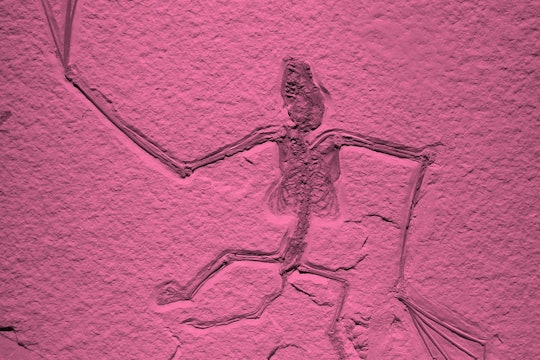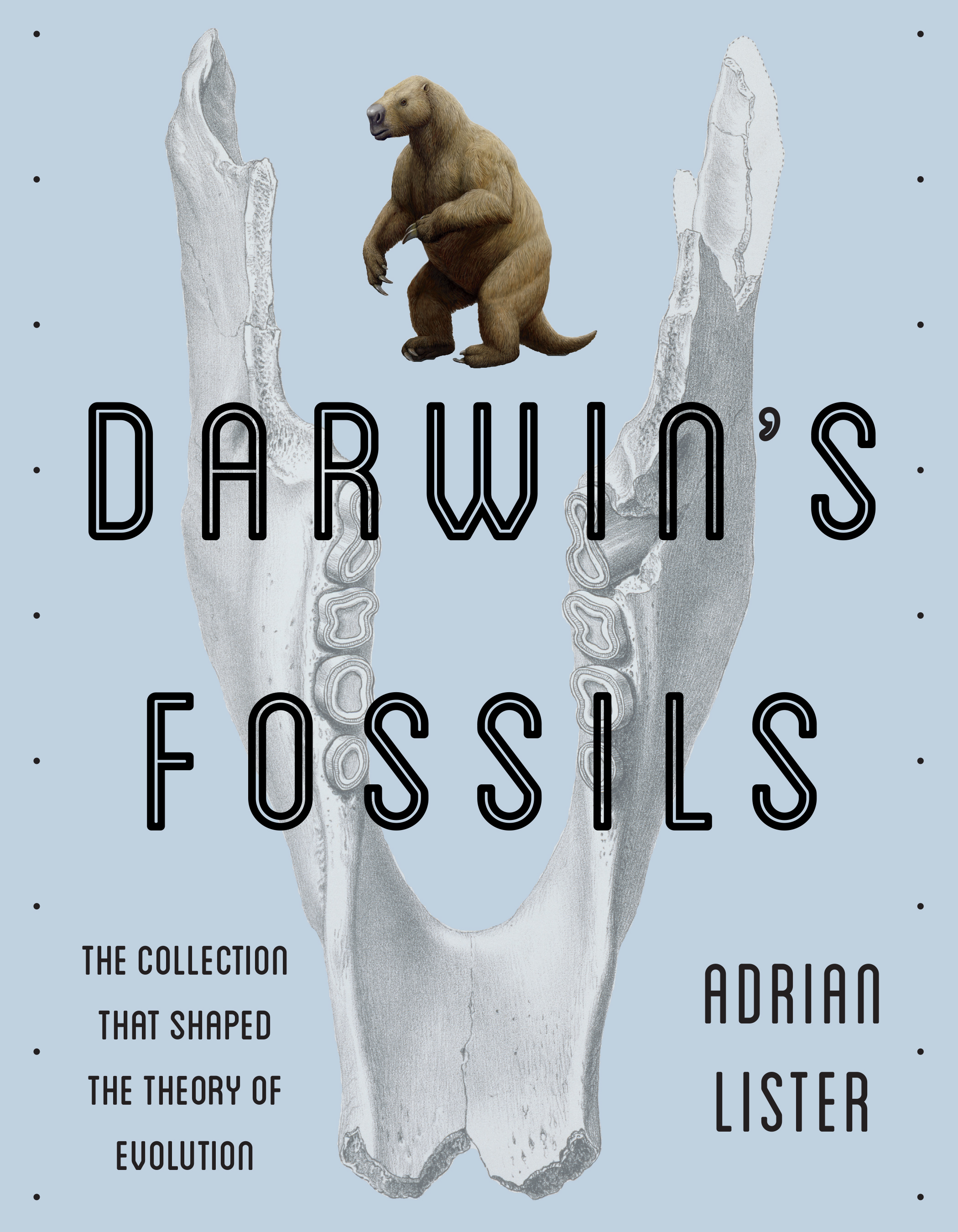
Adapted from Erik Terdal via Flickr (CC BY-SA 2.0)
Charles Darwin, made flesh and tedious
A new book humanizes the legend, but few will want to read it
In the early 19th century, a young naturalist named Charles Darwin sailed on a ship around the world. The trip, planned for two years but taking five, made many landings, most famously in the Galapagos Islands, off the coast of Ecuador. Along the way, Darwin developed an idea that explained how plants and animals changed over time.
He noted that the species that he saw were well adapted for their environments, and thought that those adaptions arose from variations in individual organisms. For instance, if a finch lived on one island of the Galapagos where food was only available as hard-to-crack nuts, birds with stronger, chomping beaks would eat better than birds without them and produce more offspring. Over time, whole populations would change, gain strong beaks, and become different from their ancestors. Darwin called this process "natural selection."
In the 21st century, Darwin is more archetype than person. No longer is he a scientist who looked up and saw evolution in the faces of birds. Now, he's the patron saint of whatever you want him to be. Was he a man who had complicated and changing views on faith and its relationship with science? Absolutely. The intellectual foundation of atheism? OK, sure. Also the intellectual foundation of people who think immigrants are dumb? Apparently! “Darwin” gets slapped on bumper stickers as if attempting to scream the name in the face of passersby, and claim him, and by extension, evolution, for their own view of the world.
Rarely does Darwin regain human form. But he does in Darwin’s Fossils, a new informative-but-exhausting science history book by Adrian Lister, a paleobiologist and researcher at the Natural History Museum in London.

Smithsonian Books
The main gist of the book is that Darwin’s geology and paleontology work were central to his ideas, on par with his studies of living organisms. But, instead of merely recounting Darwin’s life (already covered in approximately 10 jillion different books, including the ones Darwin wrote), Darwin’s Fossils traces the journey of the HMS Beagle, the ship that surveyed the coasts of South America and eventually circumnavigated the globe with Darwin along as an on-board scientist. Fossils shows the tenacious, physical labor and process that goes into developing a scientific theory, and that Darwin's ideas didn't just appear in his mind while sitting on a boat and thinking really hard.
The book begins before the journey started, where Darwin, a young man of the University of Cambridge, wasn’t the first, or even second, choice to join the crew. It recounts the ports of call the Beagle made, and the individual location and significance of Darwin's fossil findings. Elsewhere, his insights are frequently related through his study of the finches. In Fossils, he is not a passive bird considerer or gentleman dandy thinking philosophical thoughts. He searches high and low, digs in the dirt, follows rumors of fossils, tracks down leads, and does heavy scientific lifting.
And most enticingly, the book is filled with pictures. There are contemporary sketches of what Darwin saw, new shots of archived fossils, and reconstructions of ancient animals based on modern research. Popular science books rarely use pictures alongside the text. And that’s too bad – what better way to unwrap science’s web of arcane nonsense than to just show a picture of what you’re talking about? Put the reader in the scientist’s shoes!
Actually getting to see what Darwin saw and what his thought process was is unique and remarkable. The daily mental status of a scientist is incomprehension, so it’s illuminating to read about Darwin buying an unusual skull from a Uruguayan farmer, piecing it together with a long, curving tooth found separately, and then incorrectly concluding that it was a rhinoceros-sized ancient rodent, going so far as to wonder aloud what kind of rhino-sized cats preyed on them (it turned out to be an actual ancient relative of rhinos). We even see Darwin’s first pen and ink notes on evolution, where he writes “Such facts undermine the stability of species.” He then hedges, afraid of rocking the boat too much, by editing: “Such facts would undermine the stability of species.”
Unfortunately, despite (and probably, because of) a wealth of valuable information, Darwin’s Fossils is overall a dry and dull book. The first chapter or two is lively, pulling together Darwin and a cast of characters, either scientists waiting in Britain for crates filled with samples Darwin mailed back or the crew of the Beagle. That's just the introduction though, and when Darwin's Fossils gets to the meat of the text, it's nothing but data and figures. It's the worst caricature of science writing made flesh. The illustrations are worthwhile, but little else is.
It animates a bit in its final chapter, when Darwin pulls his data together into theory, both seeing evolution in the fossils and species he collected on his voyage, and picturing the process, natural selection, that drove that evolution. Lister lays out natural selection in two edifying ways: first, he details the branching out of different animals living today, related to each other but adapted to their specific lifestyle, like the Galapagos finches. The second is the succession of types (Darwin’s phrase): seeing that, say, the gigantic sloths and armadillos that used to roam the South American mainland are the direct descendants of the familiar and adorable sloths and armadillos alive today.
That is a legitimately clarifying way to think about evolution, and one I don’t think gets around outside evolutionary biologists. Evolution is often framed as being in one, downward, straight line, a single species evolving over time, maybe because there's only one species of human – Homo sapiens – alive today. Instead, Lister makes it clear that evolution really is a branching tree, where one ancestor splits into two, which split again, and on and on, to many, many different descendants, like the distinct but related Galapagos finches. I have evolved from my ancestors, but so have my cousins.
Lister unfortunately falls into the scientist habit of getting bogged down in details, alternatively listing the figures for how heavy some animals might have been, or the number of centimeters long individual tooth fossils were, or how wide samples of petrified wood were. This is a completionist’s work. There are the sloths and armadillos, the wood, llamas, mollusks, sea lilies, corals, and more. A snappier writer might have made this feast of data more digestible. I felt like a student in a thousand-person lecture, listening to the professor's enveloping drone, being lulled to sleep.
This book isn’t for everyone. It's for very few people, maybe those who think a list of numbers is a gripping yarn. It's a shame such plain words are wrapped around such lovely pictures. If Darwin is going to be a three-dimensional human in our minds instead of a figure of lore, this isn't a good start.
